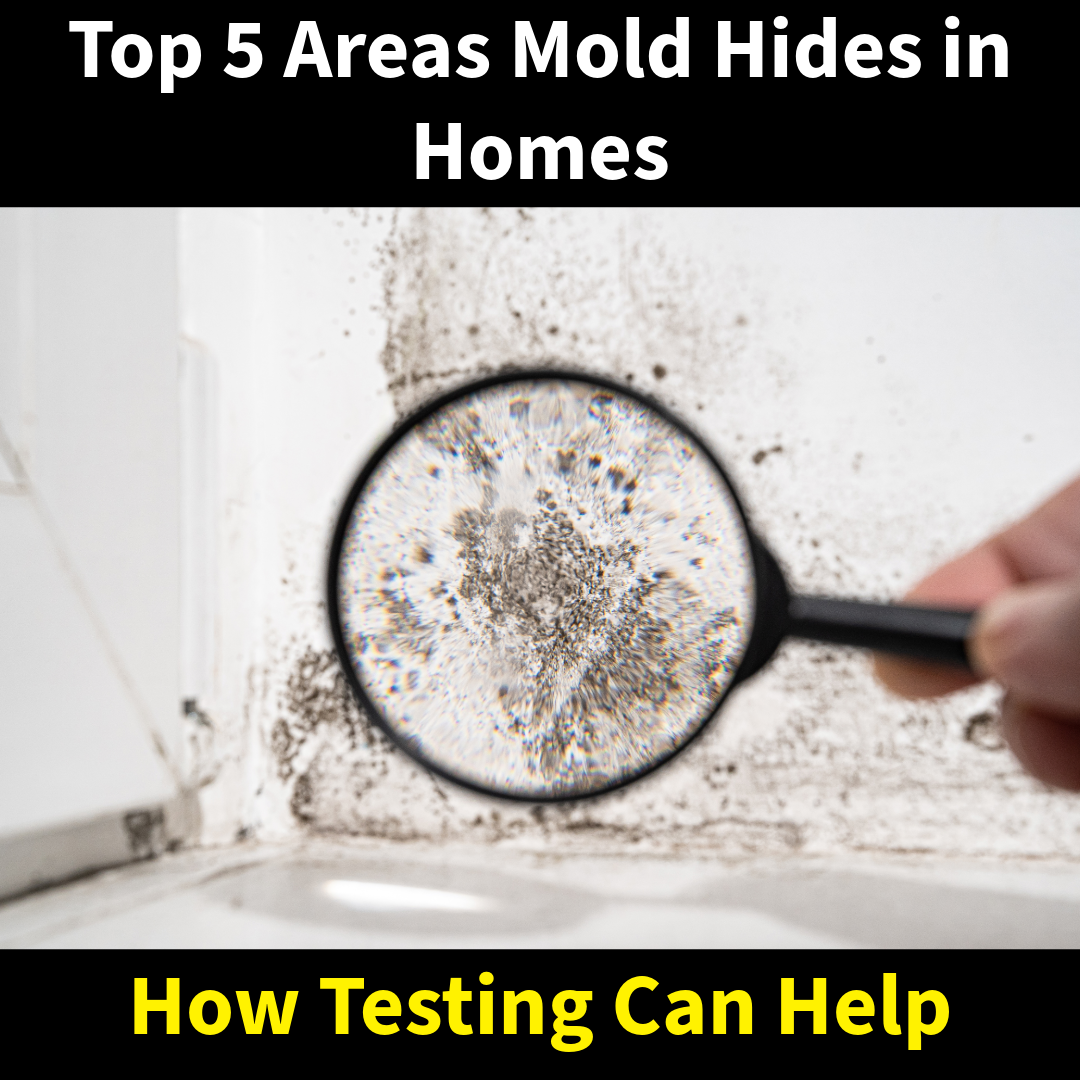When water damage hits your home, one of the first materials to suffer is drywall. It’s porous, absorbent, and—unfortunately—quick to trap moisture. While it might seem like a small problem at first, wet drywall can lead to much bigger (and more expensive) issues if not addressed immediately.
Why Wet Drywall Is a Serious Problem
Drywall is like a sponge. Once it absorbs water, it doesn’t just dry out on its own. That trapped moisture becomes a breeding ground for mold, compromises structural integrity, and can even impact your indoor air quality. Worse, what looks dry on the surface can still be soaked inside.
You Might Not See Mold… But That Doesn’t Mean It’s Not There
One of the biggest mistakes homeowners make is assuming that if there’s no visible mold, there’s no problem. In reality, mold often grows behind walls, under baseboards, and inside insulation. It can take just 24–48 hours for mold to begin forming in wet drywall—even if it still looks intact. By the time it shows on the surface, a bigger infestation is often already underway.
Professional Structural Drying Is Critical
Don’t trust a fan and an open window to fix the problem. Proper drying involves moisture meters, thermal imaging, dehumidifiers, and expert knowledge to ensure all water has been fully removed. At MSI, we use advanced structural drying techniques to target moisture that hides behind walls and under floors.
Avoid Bigger Costs and Health Risks
Waiting too long can lead to:
- Costly mold remediation
- Damaged framing and insulation
- Unpleasant odors and poor air quality
- Health symptoms like coughing, sneezing, and fatigue
The Bottom Line
If your drywall gets wet—even from a small leak or spill—don’t take chances. Water damage doesn’t go away on its own, and by the time you see the signs, it’s often too late for a simple fix.
MSI has been handling water damage restoration since 1998, and we’ve seen firsthand what happens when it’s ignored. Call us today for a professional assessment and let us stop the problem before it grows—literally.

